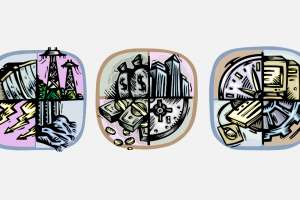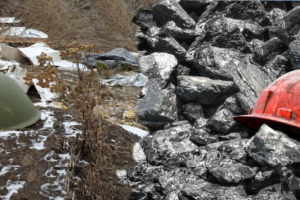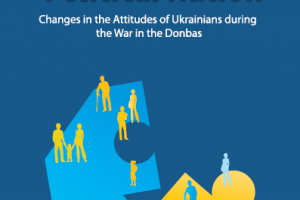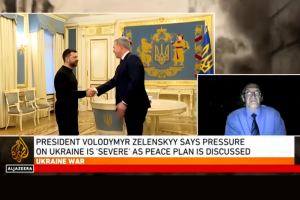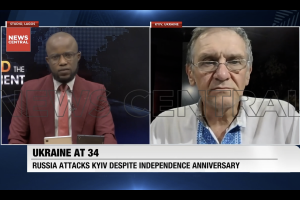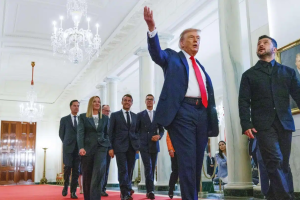Risks of a truce: How Russia might exploit a pause in the war – Maria Zolkina's opinion
Source: ТСН
Putin could "take hostage" the ceasefire proposal
So far, only preliminary discussions about a possible ceasefire are underway, with no guarantees that Moscow will even agree to such a step. Even if Russia officially consents to a truce, a series of complex issues will arise.
This opinion was expressed in an exclusive comment to TSN.ua by Maria Zolkina, Head of the "Regional Security and Conflict Studies" Department at the Ilko Kucheriv Democratic Initiatives Foundation and an Associate Fellow at LSE Ideas, the leading foreign policy think tank at the London School of Economics.
"For the Russians, it’s important to demonstrate that they are ready to negotiate as long as they appear stronger than Ukraine in the eyes of Trump, who they see as the initiator of these talks. That’s why they might relatively adhere to the truce for a certain period, aligning with Trump’s expectations - if there’s a ceasefire, then elections in Ukraine could be held by the end of 2025," she said.
"Trump is simpler in this regard: if there’s a ceasefire, it means we’re negotiating a peace deal, but for that, the political process in Ukraine needs to be relaunched. For Trump, it’s irrelevant to restart the political process in Russia because, whether today or tomorrow, it’s still Putin. And Putin understands this. That’s why the Russians are playing from the old KGB playbook, exploiting their opponent’s weaknesses better than Trump, who doesn’t even try to target Russia’s vulnerabilities. He just wants to get what he wants," Zolkina continued.
In her view, the time until Russia launches a new major offensive operation is shorter than the election of the next U.S. president in 2028. The Russians could use this window to bolster their military-industrial complex with what they currently lack, doing so in a short timeframe after sanctions are eased.
"That’s one to one-and-a-half years. It could happen before the U.S. midterm elections in 2026, when Russia sees that Trump no longer holds the monopoly on power he enjoys now. The third - and quickest - option is the end of 2025, if Trump pressures Ukraine to hold elections after a ceasefire is established," the expert clarified.
For Russia, this last scenario might even be preferable. They wouldn’t yet be fully rearmed but would count on discord and organizational chaos in Ukraine, particularly in military management. According to Zolkina, the Russians would see this as the optimal moment of weakness to strike and achieve what they haven’t managed so far.
What Ukraine should do
Zolkina believes that, for certain objective and technical reasons, Ukraine needs to diplomatically endure this year. Not only could Ukraine feel slightly more confident militarily next year, but politically, Trump’s "fever" will also subside.
"As soon as he realizes that this issue isn’t bringing him the political dividends he hopes for, his interest will wane. But for that to happen, Ukraine needs to repeat the "Jeddah" approach multiple times in 2025 - meaning negotiate, show some constructiveness, but avoid formalizing concessions unless there’s at least an outline of who will monitor, verify, and enforce the ceasefire," she added.


